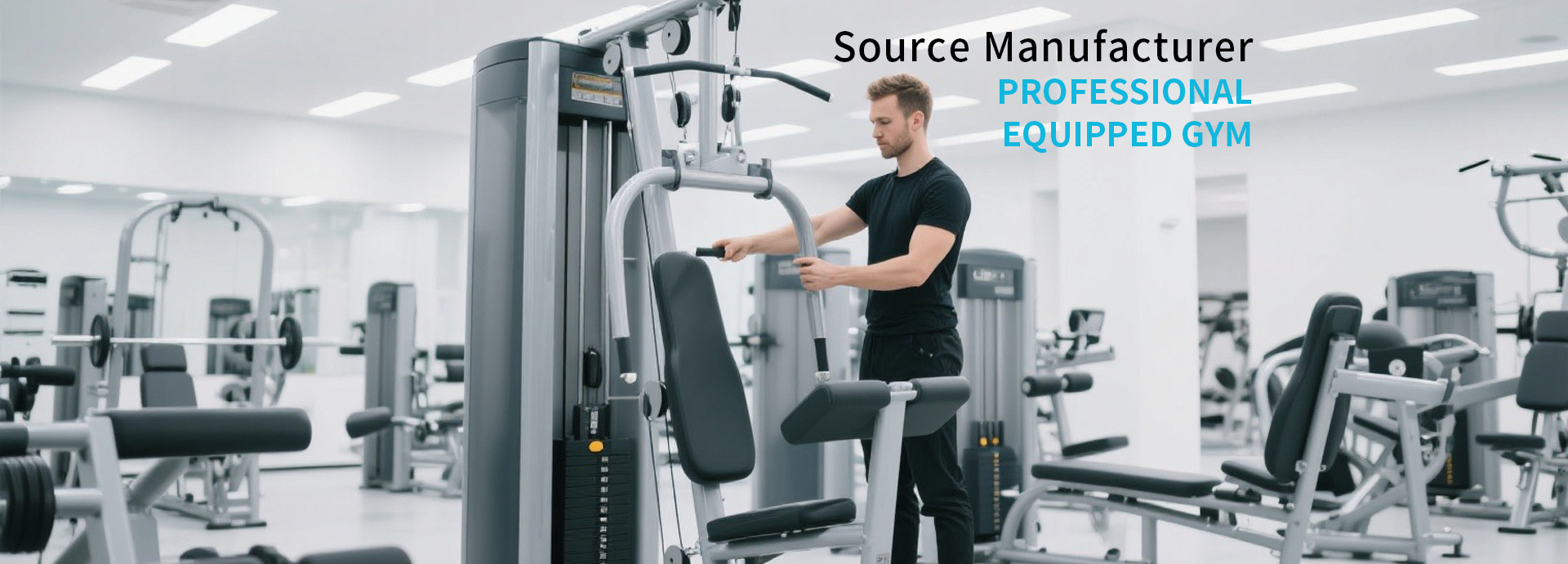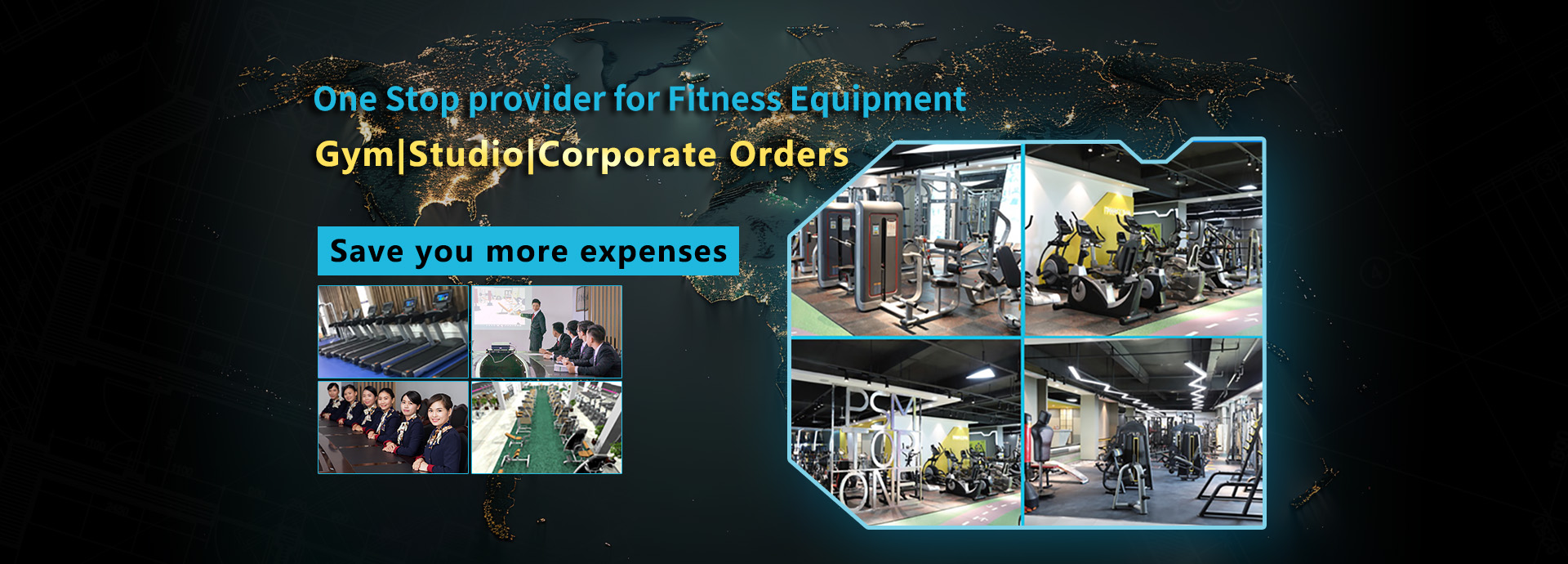28 years Source Manufacturer
Professional gym facilities with a large export volume

The erector spinae, also known as the sacrospinous muscles, are a group of muscles located beside the lumbar vertebrae. From the inside out, they are the spinous muscles, the longer muscles, and the iliocostus. Its main function is to stretch the trunk. If the erector spinae muscle has functional disorders, whether it is spasm or increased tension, it is easy for patients to experience lower back pain. The reason why it is prone to damage is that the static function of the erector spinae muscle plays a significant role in maintaining the patient's posture and dynamic activities during daily activities and sports.
When a person is in a normal standing position, the erector spinae muscles are actually rarely active, and the spine maintains balance through joints and soft tissues. About 75% of normal people's gravity lines pass in front of the fourth lumbar vertebra. The erector spinae muscles act briefly and continuously or move intermittently to prevent the spine from descending and thus achieve body balance. However, for some people, the gravity line is located behind the lumbar vertebrae. In such cases, it is necessary to contract the abdominal muscles to prevent the spine from extending backward.
When the head or upper limbs move forward, the activity of the erector spinae muscles below increases. When bearing weight, the activity of the erector spinae muscles also increases accordingly and is related to the weight and the position of the load in the body. These movements are some of the ones we must do in our daily life. Every time we perform these movements, our erector spinae muscles are in motion.
When the center of gravity shifts to one side, such as when one hand holds a heavy object, the erector spinae muscle on the opposite side is prone to contract to prevent lateral flexion of the trunk. This is also the reason why carrying a single-shoulder bag not only causes neck and shoulder pain but also lower back pain.
The activity of the erector spinae muscles when sitting or standing is related to body position. Whether there is a backrest or not, the inclination Angle of the backrest will cause changes in the activity of the erector spinae muscles.
When the spine flexes forward, the erector spinae muscle activity increases and is related to the flexion Angle. If the load is increased, the increase in erector spinae muscle activity is proportional to the volume of the load.
Many erector spinae contractions occur when the trunk extends backward from a flexed position. At this time, the erector spinae muscle undergoes concentric contraction. However, due to our frequent bending over for work, excessive contraction of the erector spinae muscle is considered normal. It has been verified that frequently bending over for work is a bad way of working, which not only affects the erector spinae muscle but also the intervertebral discs.
People who sit for long periods of time may experience anterior pelvic tilt. This is not only related to weak gluteal muscles and tense psoas major muscles, but also to tense erector spinae muscles. As the erector spinae muscles are attached to the posterior superior iliac spine and iliac crest, they have the ability to cause anterior pelvic tilt. For patients with anterior pelvic tilt, their erector spinae muscles need to be treated.
The erector spinae muscles can extend the trunk backward from an upright position, but once the gravity line shifts, the movement of the trunk is controlled by gravity, and the erector spinae muscles stop contracting. If the torque is too large or too small, the erector spinae muscle will function again.
Contraction of the muscles on the same side can cause the trunk to bend from an upright position to the side. If the center of gravity shifts, gravity takes effect and the muscles on the opposite side will control its movement.
In addition, when the erector spinae muscles contract, the spine is subjected to longitudinal stress, thereby increasing the pressure within the intervertebral discs. Increased muscle activity is associated with increased pressure within the intervertebral discs. People who are under great mental stress and tension have increased muscle activity compared to when they are quiet. Therefore, the pressure on their intervertebral discs is also higher.
The erector spinae muscle is used in so many exercises in daily life. Excessive contraction can easily cause the erector spinae muscle to become tense, which is why the erector spinae muscle is prone to tension.
CONTACT US
PANASEIMA Fitness equipment
Telephone: 400-6631-319
Mobile phone: +86 139 2548 8497 (same number for wechat)
Email: 2851236291@qq.com
Address: Liangjiao Industrial Zone, Lecong Town, Foshan City, Guangdong Province

Copyright © PANASEIMA All Rights Reserved
Telephone: 139 2548 8497 (same number for wechat)
Email: 2851236291@qq.com
Address: Liangjiao Industrial Zone, Lecong Town, Foshan City, Guangdong Province






